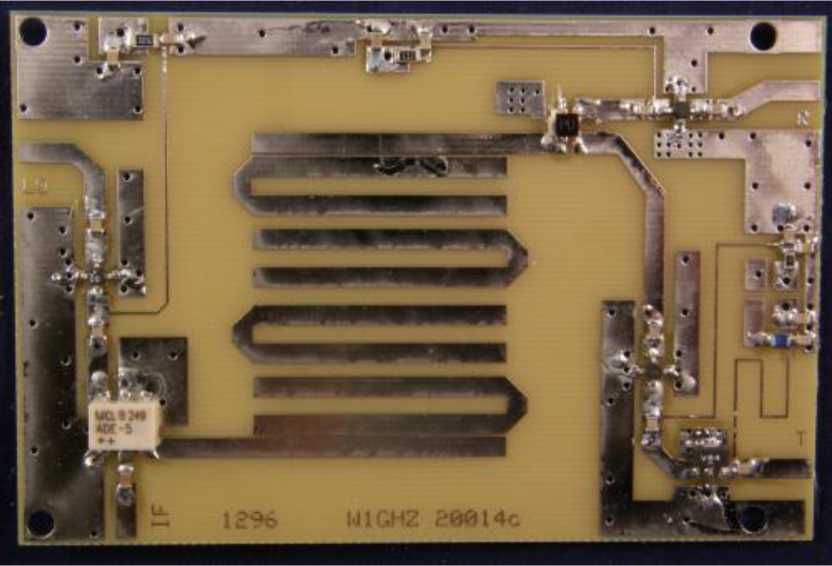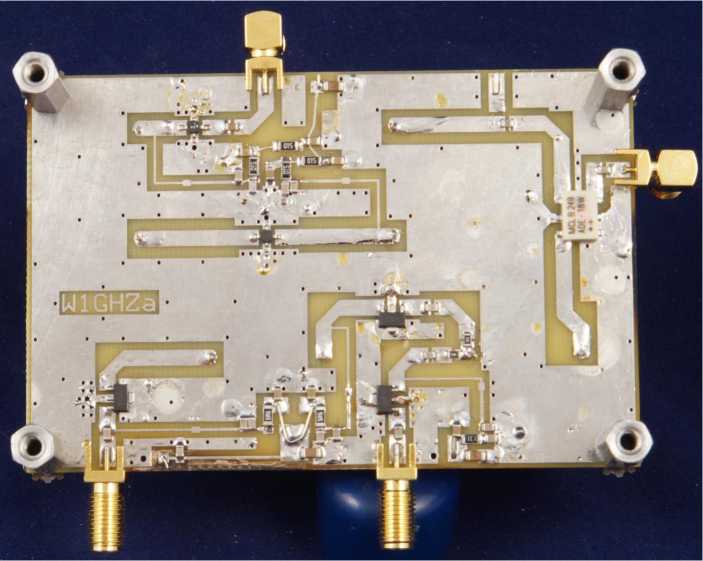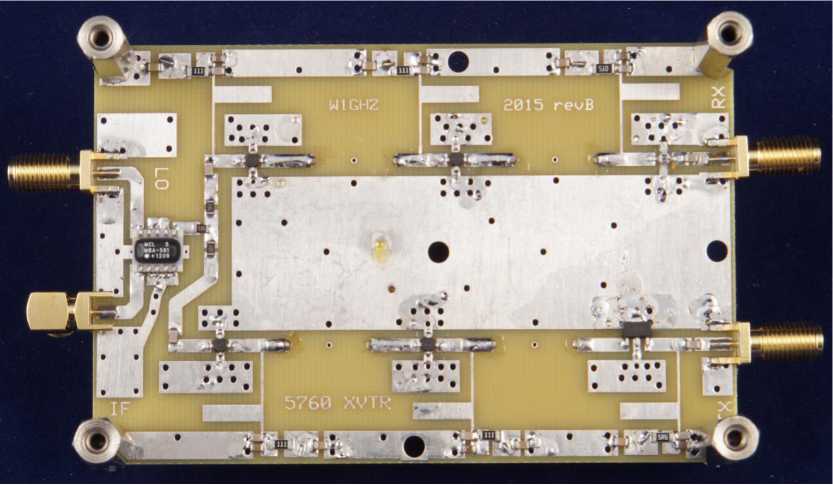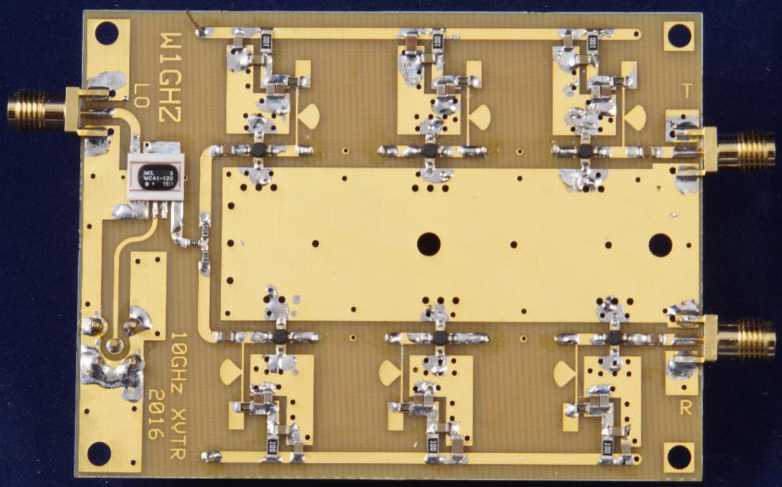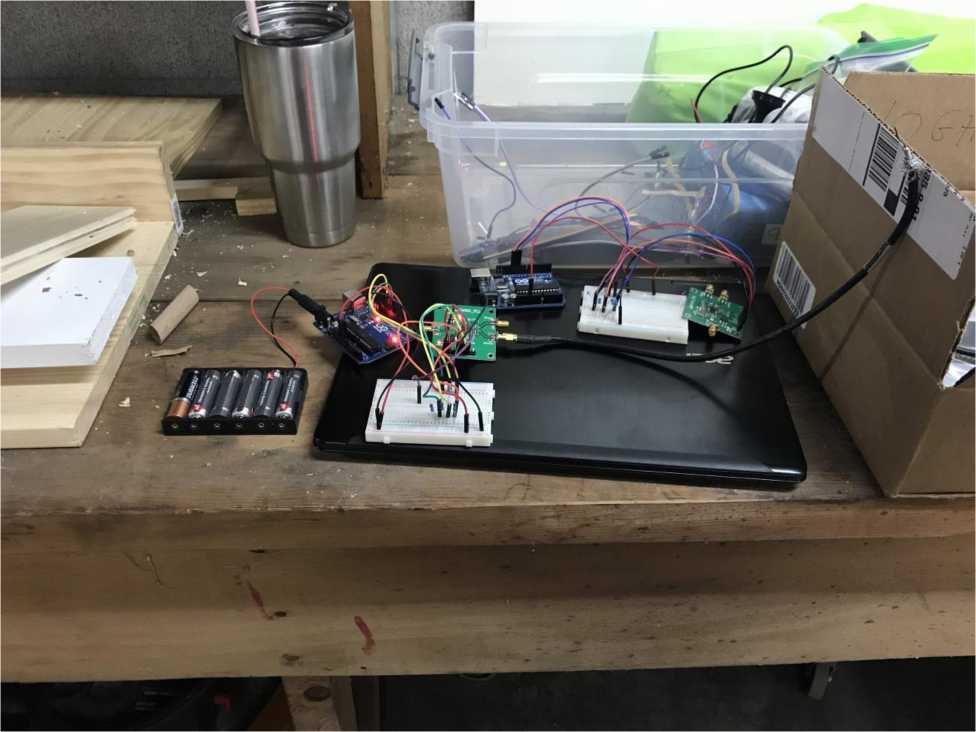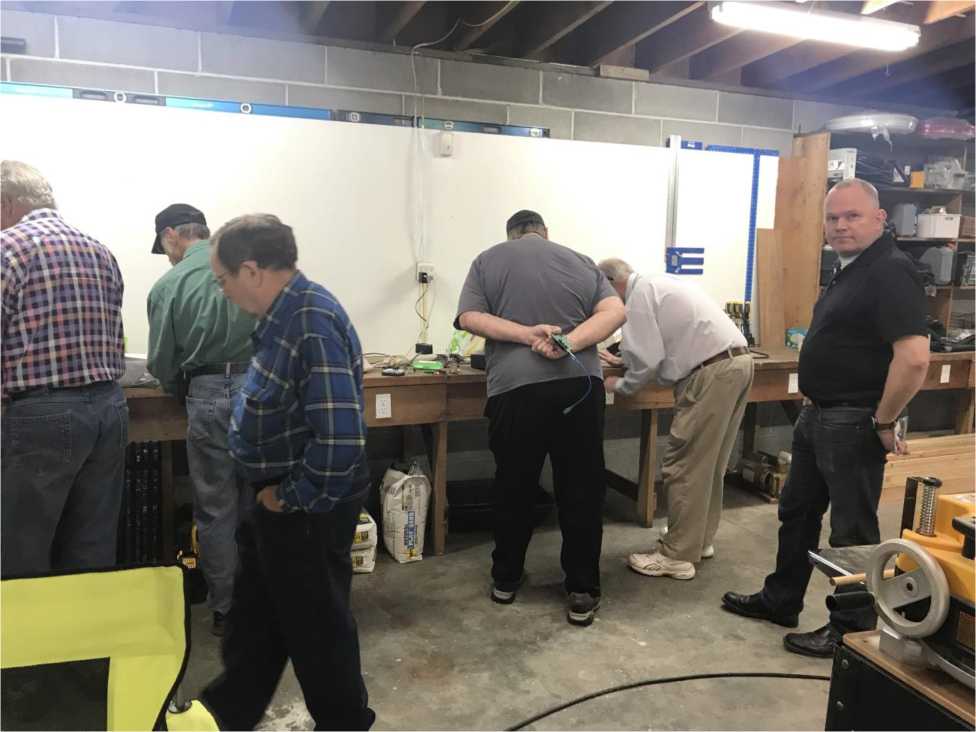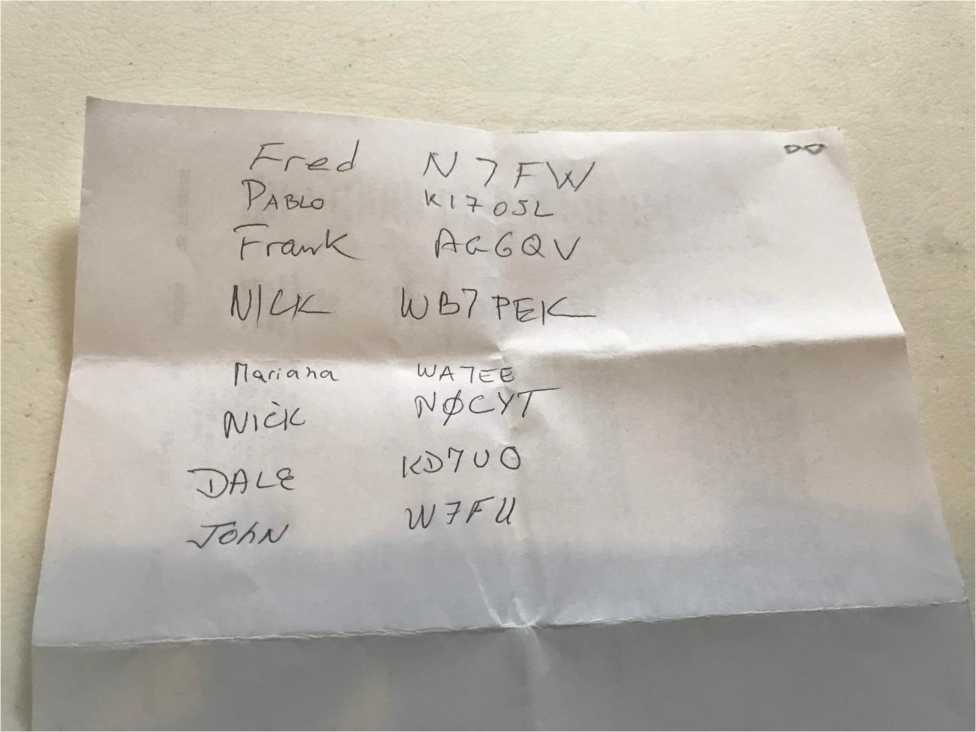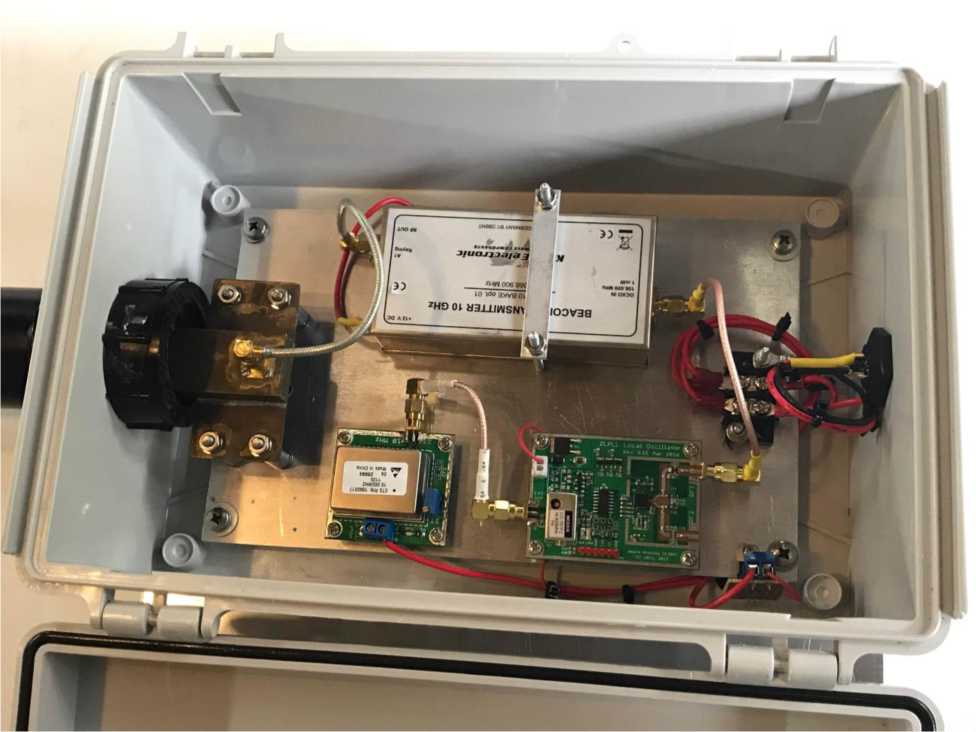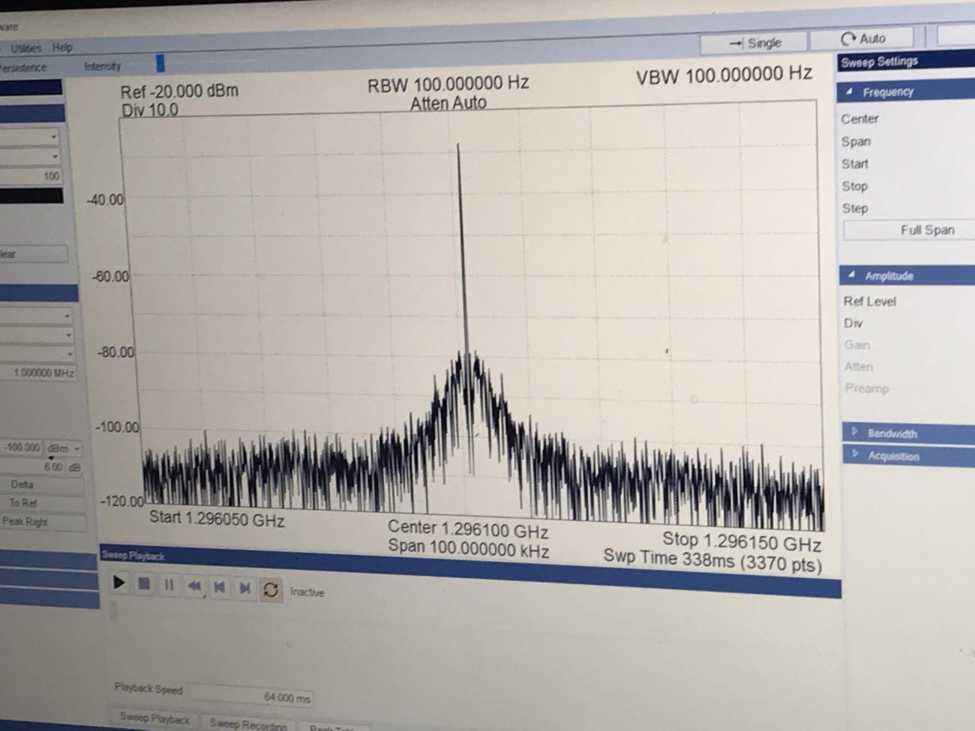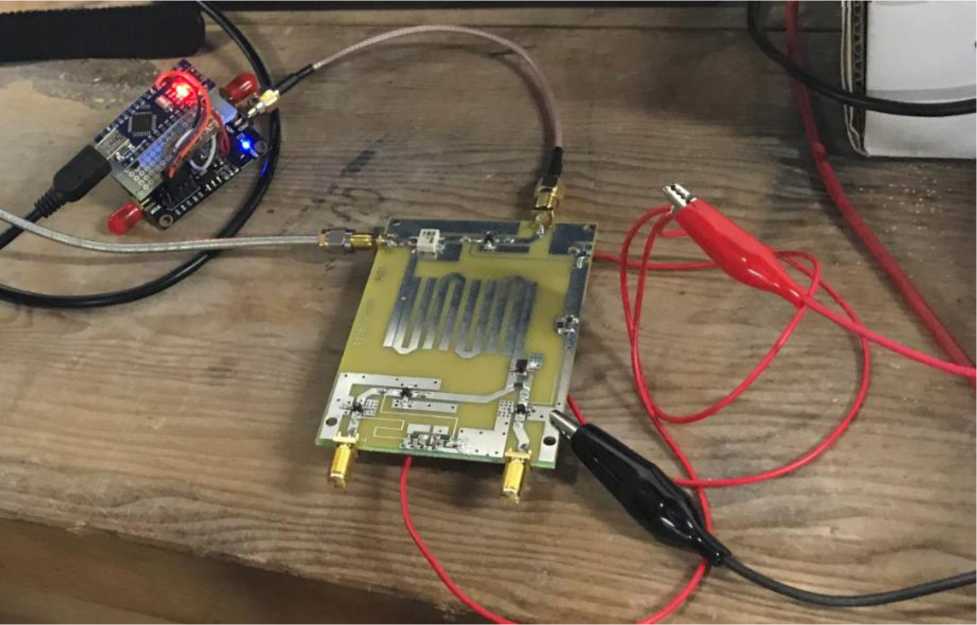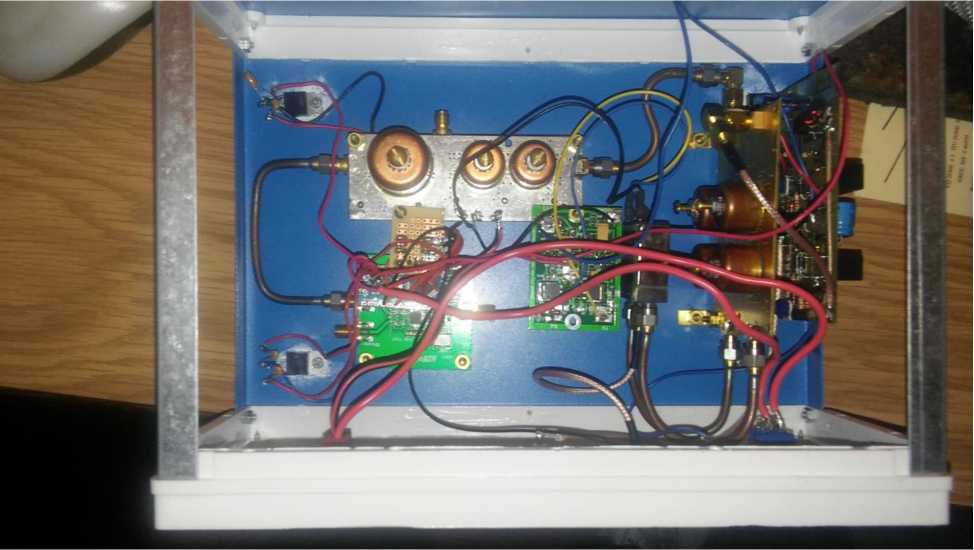2018 Conference:
Microwave Special Interest Group
Ray Canon, W7GLF
Oct 13, 2018
1. Introduction
We started a “special interest group” of individuals who have an interest in building their own Microwave gear. Building one's own gear promotes learning about Microwave transverter operation without spending a lot of money. Also one ends up with a usable transverter.
The intent is not to force everyone to build the same transverter at the same time. It is up to the individual members which transverter(s) they are interested in building. We are here support any effort that can to get more people on the air.
Please use the email reflector at:
groups.google.com/forum/#!forum/pnw-microwave ![]()
2. What is a Transverter?
A high level view of a very simple transverter is shown below:
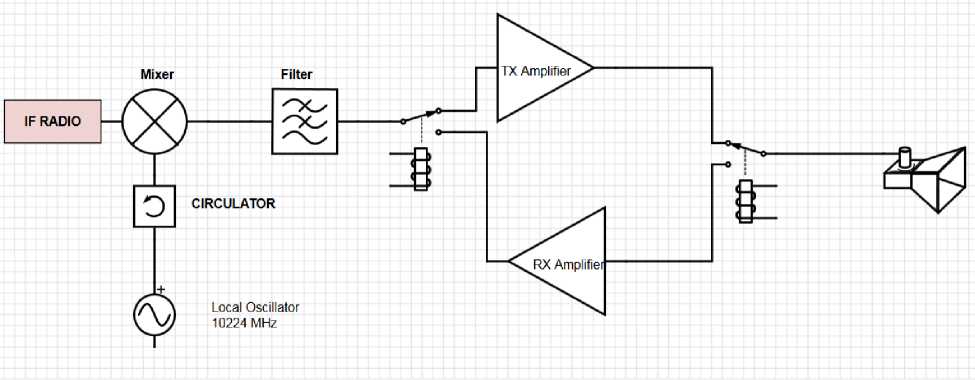
My 10 GHz Transverter initially consisted of just such a configuration.
The frequency stability of a transverter is dependent on both the IF radio and the local oscillator. In the past one of the stumbling blocks to building a transverter has been to have a stable local oscillator.
3. Local Oscillator
We have recommended the use of the Analog Devices ADF4350 as the local oscillator. The advantage is it is inexpensive (less than $20) and can be easily locked to an external 10 MHz frequency reference (if desired). The ADF4350 is combined with an Arduino processor to set it to the desired frequency.
The software was originally written by F1CJN and then modified by me for this specific task.
Here is a picture of such a setup:
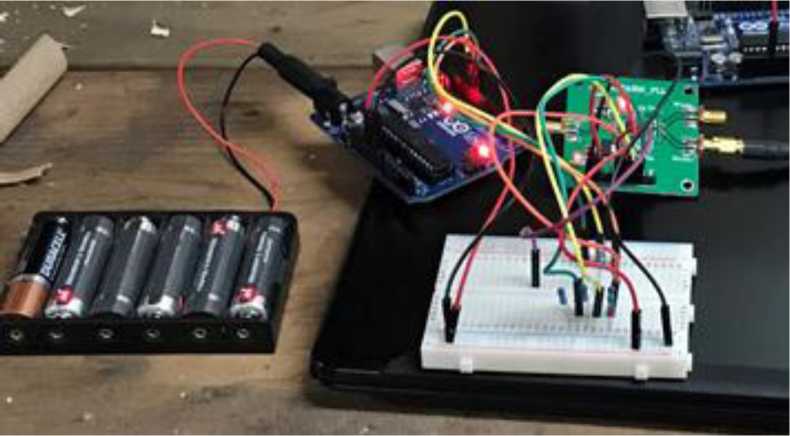
The ADF4350 fundamental covers the range from 2.2 to 4.4 GHz. With its built in divider it can cover down to 137.5 MHz. This makes it ideal for all bands up to 3456.
For higher bands it is necessary to add a multiplier (also provided by W1GHZ). For 5760 he has an x2, x3, x4 board (aka Personal Beacon for 5760 or 3456 MHz) and for 10 GHz he has an x9 board (aka Personal Beacon for 10 GHz).
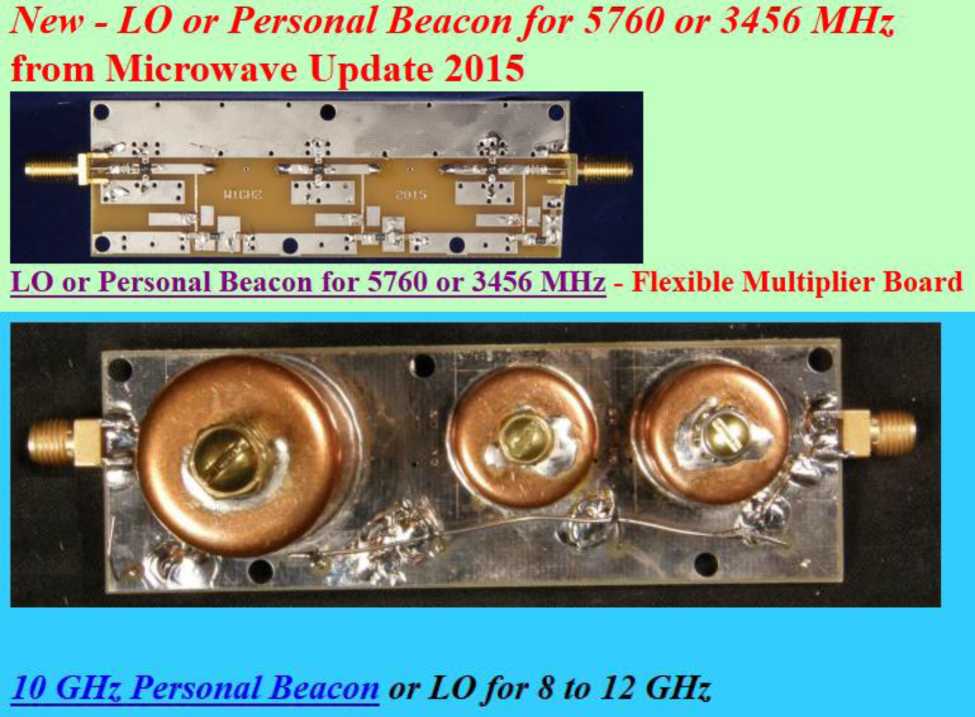
4. Group Build Project
Members who are in the Seattle metropolitan area have decided to meet regularly to build and troubleshoot transverters for the bands 903 MHz and up primarily based on Paul Wade's (W1GHZ) "Multiband Microwave Transverters for the Rover."
For more information see:
www.w1ghz.org/MBT/multiband.htm ![]()
So far we have gotten together two times to assist in building and testing transverters. We plan to have another meeting at the end of October to discuss packaging the boards into a box and in November hopefully be ready to go out and actually use them in the field and make contacts. We have started out with 903 and 1296 as these bands have most of the activity during the contests and the transverters are relatively straightforward to build since the filters are etched onto the PCB boards.
5. Future Plans
As confidence is attained hopefully people will continue onto the higher bands.
In the local area during recent contests most activity after 903/1296 has been
on the 2304 band (due to the advent of SGLAB transverters some of the SOTA group
is now on 2304) - see
www.sg-lab.com/amateur.html ![]()
I would like to put in a personal plug for the 10 GHz band. There are interesting
propagation modes on 10 GHz that are not as apparent on lower bands such as rain scatter
(see
www.wa1mba.org/10grain.htm ![]() ) -
a natural for the wet side in the winter as well as airplane scatter. Another interesting
site is slideplayer.com/slide/1614719
) -
a natural for the wet side in the winter as well as airplane scatter. Another interesting
site is slideplayer.com/slide/1614719 ![]()
A plus of 10 GHz is the very high gain possible with small portable inexpensive (sometimes free - talk to KG7P) dishes. For example a DSS 18” satellite dish has 30 dB of gain (the effective radiated power 1000 times the transverter's power).
Bob, W7PUA, has expressed interest in making contacts from Mary's Peak in central Oregon to individuals up in the Puget Sound area. Rick, W7RNB, has expressed particular interest in working rain scatter. Al, W7HDD (CN96) is also interested in 10 GHz operation as well as others.
Another avenue would be arranging interesting events. One event could be a VUCC party (on 3.4 GHz and above only 5 grids are needed for VUCC) where I and possibly others would wander around to 5 grid squares while other participants would be staged at a location with a view to 5 other grid squares. Another event could be organizing an antenna range party for antenna testing or trying particularly interesting paths.
Other parts of the country have designated Microwave Activity days. We could look into something like that if we could drum up the interest.
Summary
The intent of this group is to foster learning and have a good time while doing it.
If you are interested in participating, watching or just being kept up to date with
our progress please feel free to join the Microwave Special Interest reflector at:
groups.google.com/group/pnw-microwave ![]()
6. Photos
Demonstration by Dale, KD7UO, in a SMD Parts Holder:
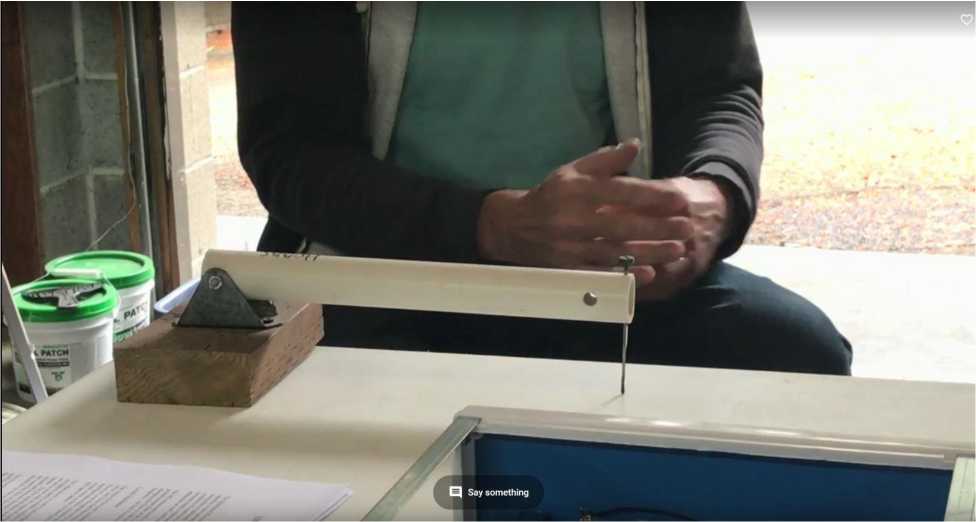
Programming an ADF4350 Local Oscillator:
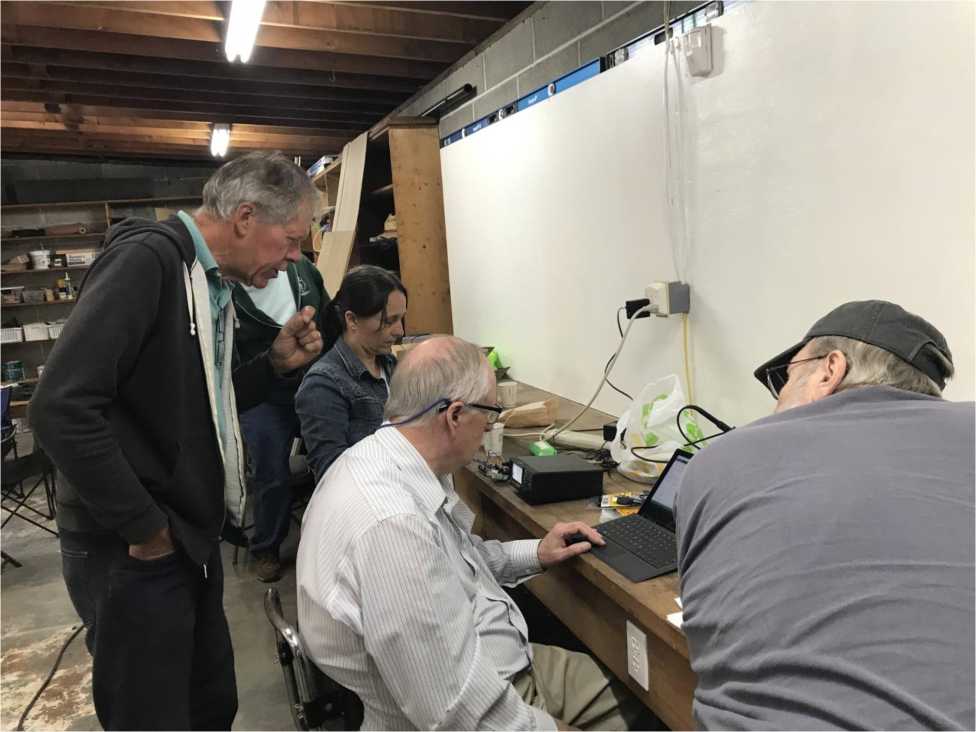
James, W7TXT, showing his 10 GHz Beacon at our 2nd Build:
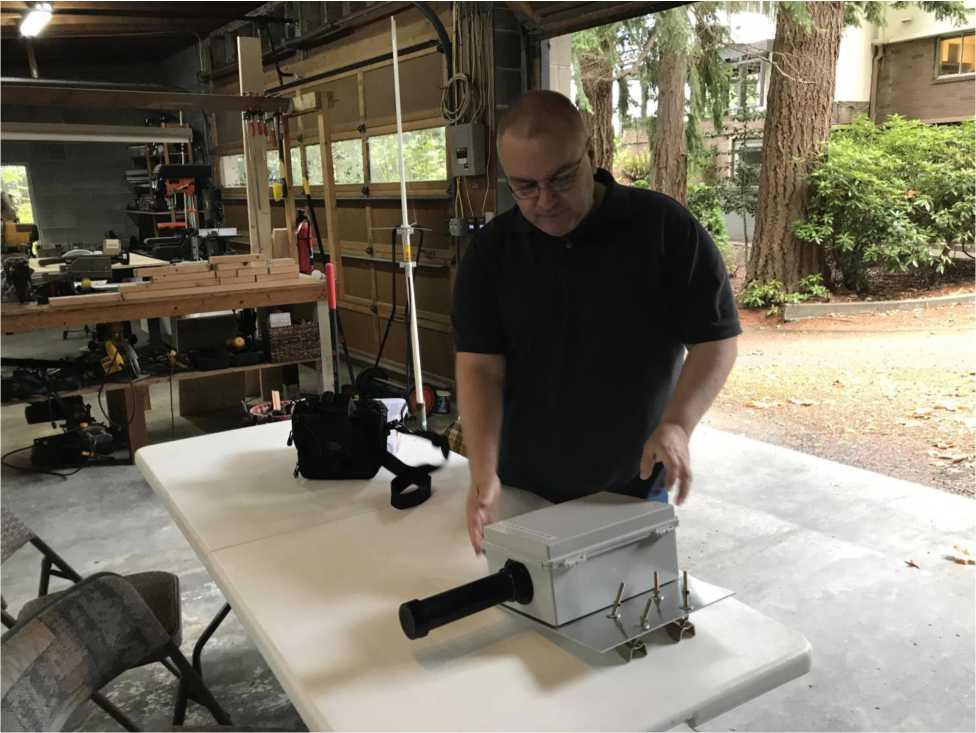
Movies and many more photos:
Google Photos: 2nd Transverter Group Meeting ![]()

